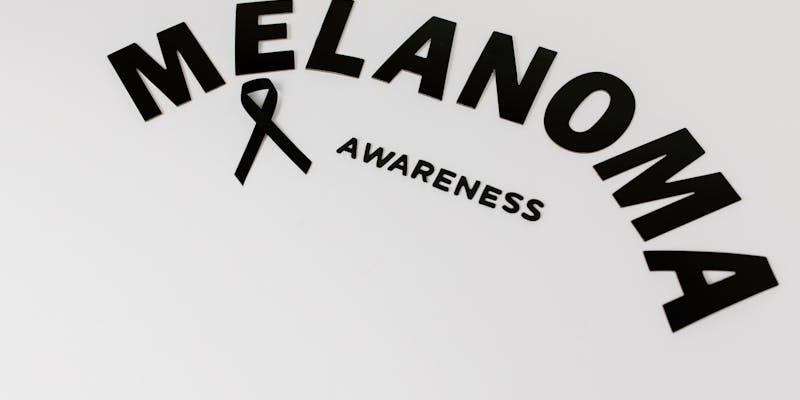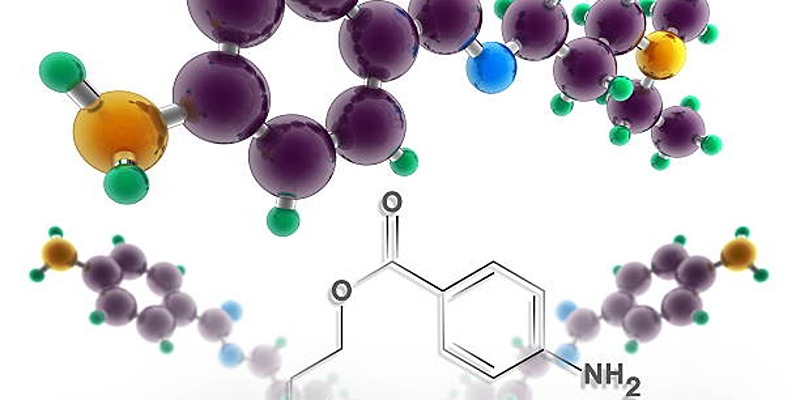The skin's pigment-producing cells cause moles and melanoma. Moles are harmless, whereas melanoma is the most dangerous stage of malignoma. Certain moles can grow to melanoma, a malignant skin cancer caused by melanocytes. Most moles are innocuous, but those with many or dysplastic nevi may be at risk of melanoma.
Melanoma is a skin tumor usually appearing as a new lesion or changes in existing moles. Size, shape, color, and texture changes may be accompanied by itching, bleeding, or pain. Early identification and treatment of areola melanoma are essential for melanoma management due to its fast spread. Before we continue, remember that non-medical individuals use "mole" for dark or elevated skin lesions regardless of cell type. Let's discuss the differences between both of them:
Common Moles
After birth, common moles emerge that are confused with sunspots or melanoma. Most appear in adolescence or early adulthood malignoma, while some appear in the first 6-12 months. The round or oval ones are usually a few millimeters wide. Their edges are smooth and distinct from the skin.
These moles are evenly pigmented. Flat moles include just the surface skin layers and are dark or brown-black. Deeper moles are flesh or pink. Some moles have coarser, longer, darker hair than the surrounding region. Others have stalks that cling to the skin. Years can pass without changing in these common moles. They grow slowly, keeping form, symmetry, and color. Later in life, they may vanish. These pigmented lesions seldom cause health problems.
Melanomas
Melanomas usually occur in middle to late adulthood, with about 1-4% detected before 20. Cancerous lesions are irregular and grow above six millimeters. Crooked margins and irregular pigmentation are prevalent. A melanomatous growth with blue, gray, red, or white may be problematic for a mole.
However, sunspots or melanoma may cause itching, discomfort, ulceration, and bleeding with little trauma. Advanced areola melanoma can infect any organ, causing several symptoms. Normal melanocytes proliferate slower than pigmented malignancy cells. Lesions can grow and change color in months.
Due to its symmetry and equal pigmentation, nodular melanoma- a chronic type of melanoma may initially resemble a dome-shaped common mole. However, its red, blue, or white appearance, rough borders, and quick development show its malignancy.
Which Individuals Are at Risk for Melanoma?

Melanoma is suspected when a patient with an atypical mole has certain medical history or risk factors. A few causes are:
Too Much UV Radiation
Childhood sunburn more than doubles the risk of adult malignoma. Sunburns in older people increase melanoma risk. PUVA, UVB, and tanning booths can also raise melanoma risk, especially at high dosages.
Fair Skin
Fitzpatrick I and II skin phototypes are more likely to develop areola melanoma than III-VI. They have fair complexion, red or blonde hair, and blue or green eyes. They also tend to have freckles or sunburns.
Having Multiple Moles
The following are more common with pigmented skin cancer:
- Adults with over 100 common moles
- Children with over 50 typical moles
- Patients with many atypical moles
Sunspots or melanoma form from 25-30% of moles. Rest comes from regular skin. A sudden increase in moles and abnormal characteristics are signs of skin cancer.
Large Congenital Mole
Congenital moles are inborn. Large onesover 20 centimetersmay be premalignant. Many develop cancer before 10. Malignant transformation generally begins deep in the lesion, making early identification difficult.
Melanoma risk is lower for smaller congenital moles. They may turn cancerous later in life, but the shift is simpler to notice in the superficial mole. Depending on size and clinical aspects, dermatologists may urge preventative excision of congenital moles.
Personal Melanoma or Cancer Treatment History
Severe areola melanoma has an uncertain path. Early diagnosis and therapy can cure completely. However, recurrences can occur decades after diagnosis. So, a history of malignoma greatly raises the likelihood of another lesion later in life. Radiotherapy and chemotherapy for other cancers can also change melanocytes into malignant ones, increasing melanoma risk.
Melanoma or Other Skin Cancers In Family
Hereditary melanoma occurs in families. These disorders start early and have many lesions.
Non-familial kinds can increase family sunspots or melanoma risk. One first-degree relative with melanoma doubles the risk of another developing it. Having more than three raises risk 70-fold. Melanoma risk increases with a family history of non-melanoma skin cancer.
Immunosuppression
The immune system fights skin cancer and other disorders. In immunocompromised people, tumors are common. Chronic steroid users include organ transplant recipients and people living with lupus. If you suspect a skin lesion, see a dermatologist immediately, especially if you have any of the risk above factors.
Ways to Prevent Mole and Melanoma Growth

Sunscreens should begin in youth to prevent moles and melanoma problems. What you can do for yourself and your family:
Carcinogen Avoidance
Staying healthy can help you avoid cancer-causing factors. Stay hydrated and eat well. Don't smoke. And regularly detox, meditate, and exercise. Only use dermatologist-recommended skincare.
Periodic Skin Self-checks
This malignant mole is detected early by self-checks, avoiding spread. However, areola melanoma may damage any skin type. Thus, everyone should self-examine routinely for health.
Check all visible upper and lower limb surfaces. Check your naked trunk and back in a full-length mirror. Check your face, ears, neck, scalp, and crotch using a hand mirror.
High-risk individuals, such as fair-skinned elderly persons, those with more than 100 moles, and those with a family history of skin cancer, should self-check monthly. Non-risky persons can self-examine their skin annually.
Regular Visits to Dermatologists
Your dermatologist should teach you to identify malignoma from a mole or skin tag. They can also teach you how to self-check and identify worrisome lesions.
Dermatologists may recommend monthly visits for high-risk individuals to avoid sunspots or melanoma. This confirms their self-check results and documents new or changed moles. To maintain skin health, low-risk adults should see a dermatologist annually. For severe cancers like melanoma, prevention is better than cure. Vigilance is crucial to avoiding serious sickness once it begins.







